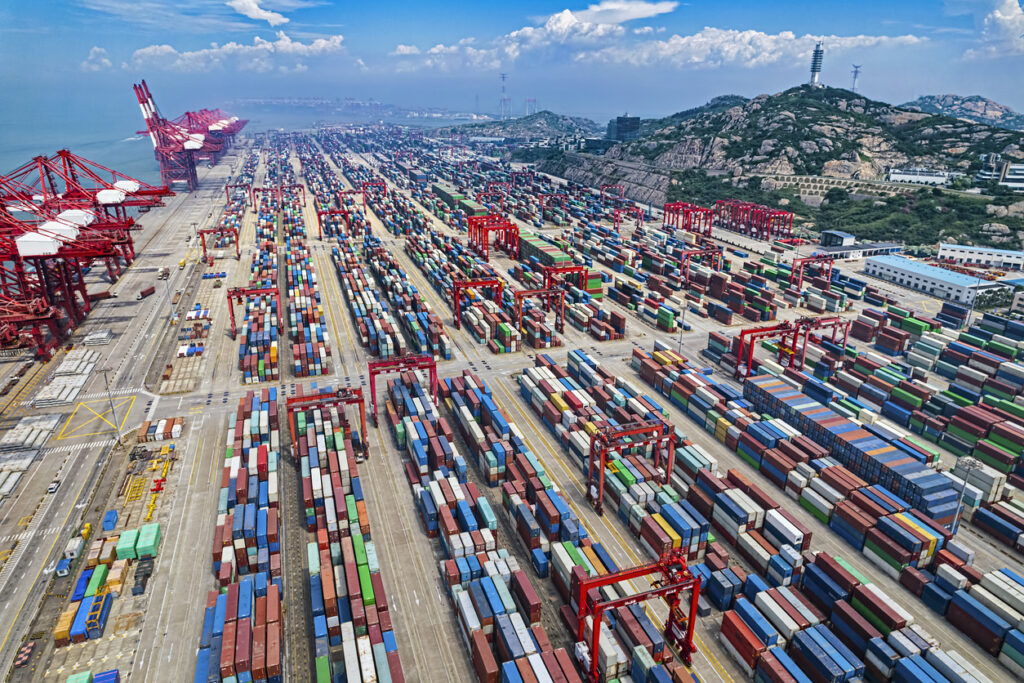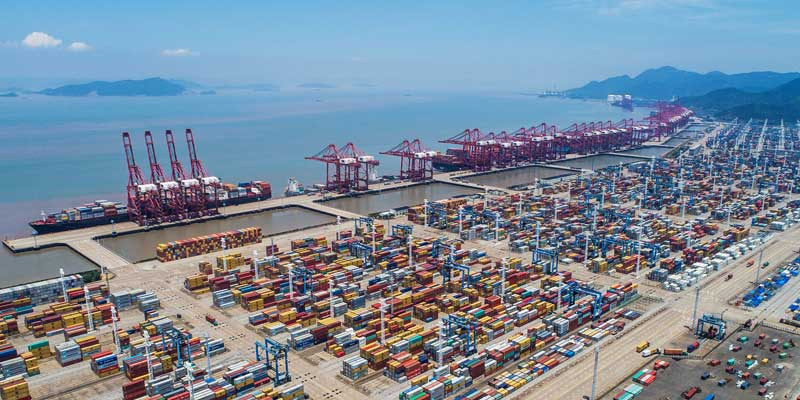China’s mega ports have emerged as powerful hubs that play a pivotal role in the global shipping industry, facilitating international trade and fueling economic growth. Ports such as Shanghai, Shenzhen, and Ningbo-Zhoushan have undergone remarkable transformations, revolutionizing logistics and reshaping supply chains worldwide. In this article, we will explore the significance of China’s mega ports and delve into their impact on global shipping and trade.
Shanghai Port: Asia’s Gateway to the World

Shanghai Port stands as a testament to China’s ambition to become a global trade powerhouse. As the world’s busiest container port, it serves as Asia’s gateway to international markets. With advanced infrastructure, state-of-the-art equipment, and efficient logistics operations, Shanghai Port has become an essential node in global supply chains. Its strategic location at the mouth of the Yangtze River gives it a competitive edge, connecting manufacturers in China’s industrial heartland to consumers worldwide.
Shenzhen Port: The Pearl of South China

Located in the Pearl River Delta, Shenzhen Port has experienced phenomenal growth, transforming it into one of the world’s busiest and most efficient ports. Its proximity to Hong Kong has allowed Shenzhen Port to benefit from the region’s robust manufacturing and export sectors. The port’s comprehensive facilities, seamless customs procedures, and cutting-edge technology have made it a preferred choice for businesses engaged in international trade. Shenzhen Port’s emphasis on innovation and digitization has further bolstered its reputation as a key player in global shipping.
Ningbo-Zhoushan Port: East Asia’s Largest Port

Ningbo-Zhoushan Port, situated on China’s eastern coast, has risen to prominence as East Asia’s largest port in terms of cargo throughput. Its extensive network of berths, modern logistics infrastructure, and efficient operations have propelled it to the forefront of global shipping. The port’s strategic location near major industrial centers and its connection to inland transportation networks make it an attractive choice for businesses seeking seamless supply chain integration.
Impact on Global Shipping
China’s mega ports have revolutionized the global shipping landscape in several ways. First and foremost, their sheer size and capacity allow for the handling of colossal volumes of goods, facilitating the smooth flow of trade across continents. These ports serve as vital transshipment hubs, enabling efficient cargo transfers between vessels and connecting different regions of the world.
Additionally, the mega ports’ state-of-the-art infrastructure, advanced technologies, and streamlined logistics processes have significantly reduced turnaround times, ensuring faster and more reliable deliveries. This enhanced efficiency benefits businesses by minimizing inventory holding costs and optimizing supply chain operations.
Moreover, the mega ports’ integration with advanced technologies, such as automation, artificial intelligence, and blockchain, has increased transparency, traceability, and security within the shipping industry. These technological advancements have simplified documentation processes, improved cargo tracking, and enhanced security measures, reducing the risk of fraud and theft.
Reshaping Global Trade
China’s mega ports have played a pivotal role in reshaping global trade patterns. As China solidifies its position as the world’s leading exporter, these ports have become instrumental in facilitating the movement of goods, connecting manufacturers in China to consumers worldwide. The efficient logistics operations and seamless connectivity provided by the mega ports have attracted multinational companies to establish regional distribution centers and consolidate their supply chains in China.
Furthermore, the mega ports’ significance extends beyond their national borders. They have become critical nodes in the Belt and Road Initiative (BRI), China’s ambitious infrastructure development project spanning Asia, Europe, and Africa. The ports serve as vital links in this initiative, enhancing connectivity, promoting trade, and driving economic growth along the BRI routes.
Conclusion
China’s mega ports, including Shanghai, Shenzhen, and Ningbo-Zhoushan, have transformed the global shipping industry, revolutionizing logistics, and reshaping supply chains worldwide. These ports act as powerful gateways, facilitating international trade, and connecting businesses across continents. Through their advanced infrastructure, technological innovations, and seamless operations, they have enhanced efficiency, reduced transit times, and boosted the reliability of global shipping. As China’s economic influence continues to grow, these mega ports will play an increasingly crucial role in the evolving landscape of global trade and logistics.




